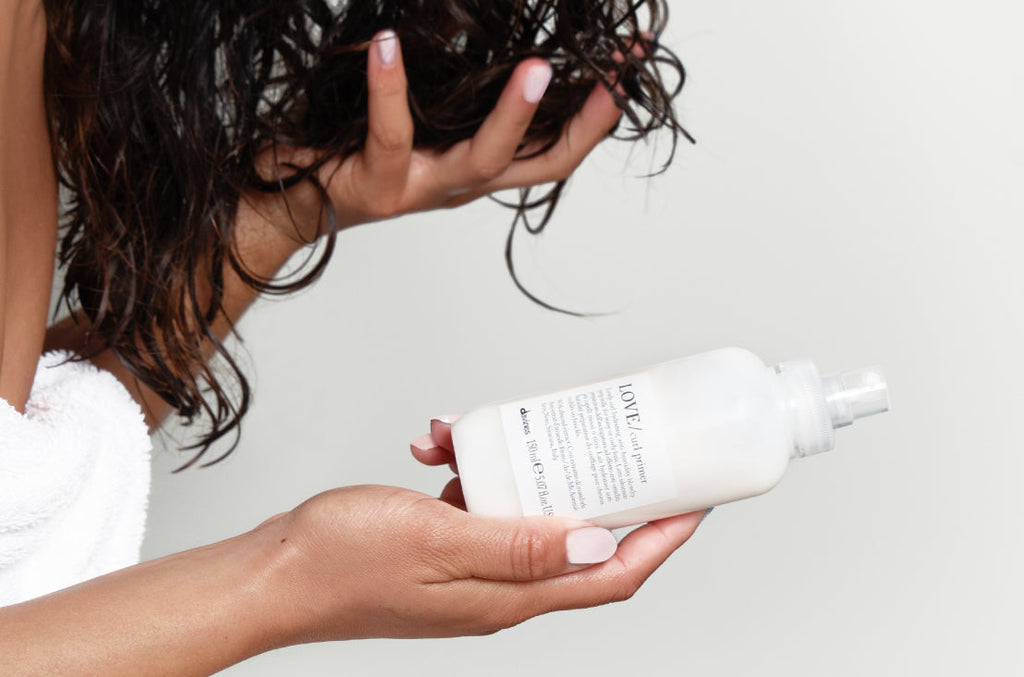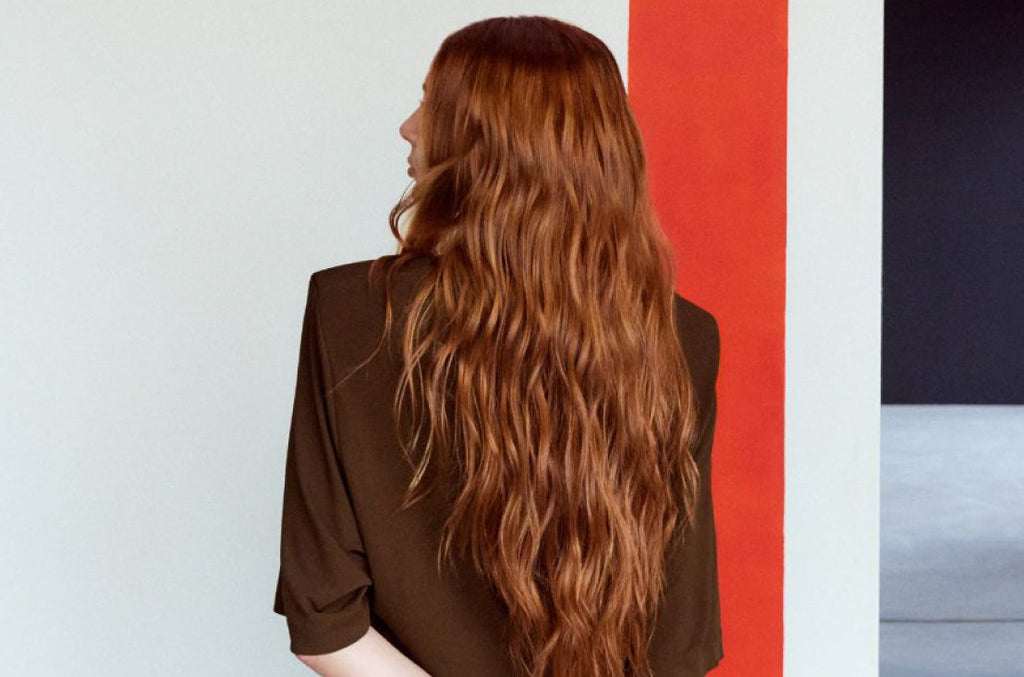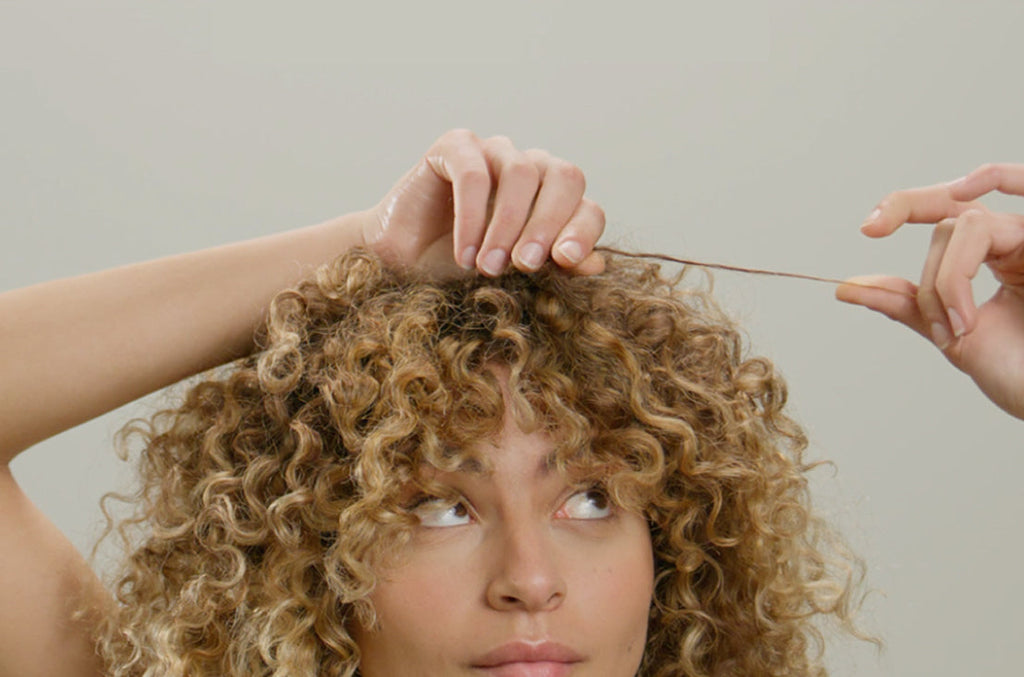Pay with Klarna
Free Carbon Neutral Shipping On Orders $75+, Plus Free Samples!
Pay with Klarna
Free Carbon Neutral Shipping On Orders $75+, Plus Free Samples!
You likely cleanse and condition your hair on a regular basis, but is your hair really clean? Well, that depends. Just like leftover makeup can clog your pores, styling products on your tools and brushes can affect the cleanliness and health of your hair. So if you’re not washing the hair brush that comes into contact with your strands everyday, it likely has build-up from months of use, harboring germs and bacteria (and preventing it from functioning properly). We’re telling you everything you need to know about hair brush hygiene ahead, including how often to do it and what to use to keep your hair brushes clean.
Brushing your hair is an important part of any good routine. So in addition to the condition of your brush, the technique you use also affects the health of your strands. If you have straight or thin hair, never brush your hair when wet as it could break easily — only gently comb it out. If your hair is curly or textured, brushing it dry will cause frizz. In this case, brush it while wet and be very gentle. Brush your hair from the bottom. If you start at the very top, you’re more likely to cause tears and breakage. Be gentle and avoid over-handling it, as that can lead to breakage, tearing, and other problems — see our previous post for more on how to brush your hair properly. Now let’s take a look at the benefits of brushing your hair. They include:
Don’t underestimate the importance of a clean hair brush. Your hair brush contains product residue, bacteria, dirt and dead skin cells that accumulate daily; this gunk attaches to the bristles and every time you brush your hair you return it back to your scalp. Add to that weather, dust, mites, and natural oils that accumulate and the environment serves as a breeding ground for bacteria and other pathogens. This can cause irritation, swelling, certain types of dandruff, and even clog hair follicles. Similarly, sharing a hair brush with others (which is advised against) increases the chances of creating the buildup of germs and dirt from one person to another. This is especially significant in cases where an individual suffers from scalp conditions such as fungal infection, seborrheic dermatitis, and allergic reactions.
You should be cleaning your hair brushes a minimum of once a week. But once you get to a point where you can no longer remove the buildup in the bristles, it’s time for a new brush. Typically, brushes need replacement when the bristles start to look melted and separated. Below is a breakdown of how to keep your brush clean, no matter what type you use.
The steps for cleaning a hairbrush depend on what type of brush you are cleaning: brushes with synthetic bristles and handles are the easiest to clean, while natural-bristle or wooden-handled brushes require more careful attention.
These steps work well with all types of synthetic bristles and handles, including paddle brushes.
Natural-bristle hair brushes are more expensive, and generally considered the best quality.
A hair brush with a wooden handle can have synthetic, natural, or a mixture of bristles. Unlike plastic handles, wooden hair brushes should never be soaked in water. The water can cause the wood to deteriorate and the bristles to loosen. If the handle has excessive hair product buildup, dip a toothbrush in soapy water and lightly scrub to remove any residue. Wipe the handle with a clean towel and place it on a towel with the bristles down to air-dry.
After you remove the tangled hair from the bristles, you may notice bits of lint or dust stuck to the base of the brush. This can be difficult to remove because it’s mixed with scalp oils and product residue. If any lint remains after cleaning the type of bristles your hairbrush has, use a toothbrush to sweep out the lint from the base. Move both horizontally and vertically through the rows of bristles.Rinse well and allow the brush to air dry with the bristles down.
If you’re noticing more strands left behind in your hair brush than usual you may be losing your hair. Hair shedding is a part of everyday life, but if you’re losing clumps of hair at a time, have bald patches or receding hairline, you’re likely experiencing hair loss. Below is a list of the best products for hair loss from our Naturaltech Energizing line: they offer targeted solutions that act preventively against the loss of fine and fragile hair.

A balancing shampoo that cleanses the hair while stimulating the scalp for hair growth.
A regenerating lotion to counter hair loss caused by stressors and seasonal factors, makes hair stronger leaving it clean and light, with added thickness and body.
A stimulating serum to counteract hair loss associated with hormonal factors.
A thickening tonic for fragile scalps and hair with a tendency to fall out.
A treatment gel that stimulates new hair growth while reinforcing weak hair to prevent future breakage.
The more natural styling products you use, the less likely you'll experience that gunky buildup that's sometimes impossible to remove completely. If you absolutely hate cleaning your hair brushes, consider your product selection. All Davines products are free of harmful toxins and are made with renewable energy and packaging that minimizes the environmental impact. If you’re dealing with hair loss, try a Naturaltech Energizing treatment with one of our hair stylists at a salon near you. Our hair care isn’t just good for your hair, it’s good for the planet.
by Jaclyn LaBadia, featured contributor
Subscribe
Sign up to hear about product recommendations, styling how-to's, tips & tricks, and more!
Plus, Free Shipping on your first order!
Join our newsletter to enjoy free shipping on your first order.
By submitting this form, you agree to receive the latest news, updates, promotions, and other marketing information from Davines North America, Inc. by email.



Leave a comment
Comments will be approved before showing up.